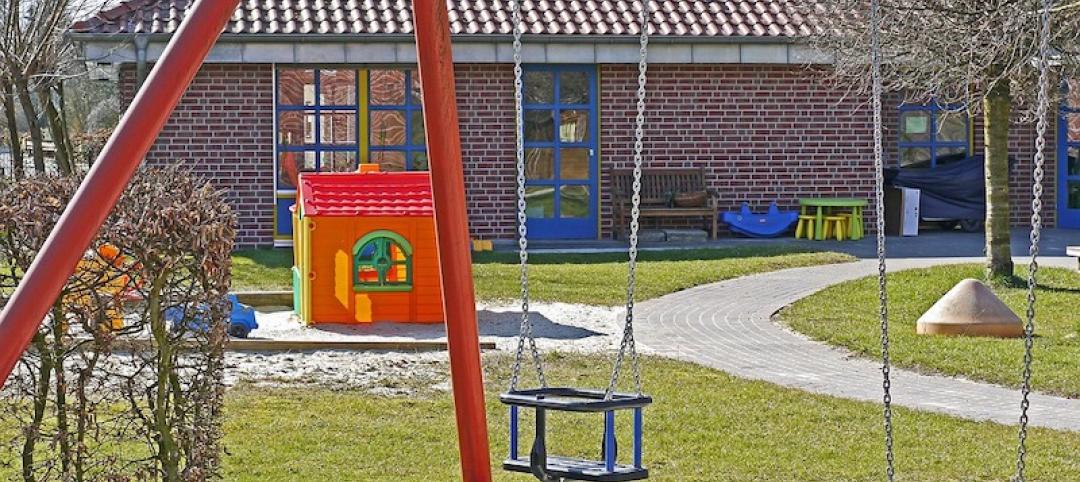Smart building technology is producing energy savings of 8% to 18% in the commercial building sector, according to a new report by the American Council for an Energy Efficient Economy.
While large showcase buildings have been the first to deploy smart building technologies, the potential for savings is great among other subsectors including Class B offices, small chain and independent retail stores, middle-tier franchise hotels, and regional nonteaching hospitals, the report says. Here’s how ACEEE assesses savings potential in these sectors:
· Offices (18% average savings) Occupancy sensors, smart thermostats, and HVAC and lighting controls can help reduce energy usage in unoccupied offices, conference rooms, and other spaces. Smart systems have been shown to improve worker productivity and even increase property value, ACEEE says.
· Retail stores (14% average savings) Smart energy management systems, thermostats, and lights can help reduce energy consumption and create a more comfortable and attractive environment for customers. Some occupancy sensors, like indoor positioning systems, can also provide a retailer with valuable data on customer behavior in the store.
· Hotels (8% average savings) Guest management systems and mobile check-in can work hand in hand with energy-saving smart technologies that control guest room HVAC systems and window shading. Smart controls can also help reduce energy from lighting and HVAC in conference areas and pumps in pool and spa areas.
· Hospitals (14% average savings) Smart technologies can help address the long operating hours and high equipment loads in hospitals. For instance, smart lighting systems can reduce energy use and increase patient comfort by better matching light output to occupancy and user needs. Without wasting energy, smart sensors and ventilation controls can maintain the ventilation needed to prevent the spread of diseases.
Related Stories
Codes and Standards | May 14, 2019
Database records more than 1,360 K-12 school shooting incidents since 1970
Naval Postgraduate School program maps locations nationwide.
Codes and Standards | May 13, 2019
In many cities, downtown housing comes with a hefty premium
Urban core living costs hundreds of thousands more in largest U.S. cities.
Codes and Standards | May 7, 2019
San Francisco plan would require largest commercial buildings to use 100% renewable electricity
First in the U.S. mandate would be phased in from 2022 to 2030.
Codes and Standards | May 7, 2019
ABC says best practices can improve construction companies’ safety by 680%
Daily ‘toolbox safety talks’ were most effective safety measures.
Codes and Standards | May 7, 2019
Office noise significantly reducing employee concentration, productivity, and creativity
Workplace distractions cause some to choose to work remotely.
Codes and Standards | May 7, 2019
WSP USA says it will be carbon neutral in 2019
Engineering firm will offset carbon at all offices and with employee business travel.
Codes and Standards | Apr 25, 2019
Report: Contractors invest $1.6 billion in workforce development annually
ABC members increased training spending 45% from 2013, according to a new report.
Codes and Standards | Apr 25, 2019
New York City’s Green New Deal would ban all-glass skyscrapers
The ambitious plan would also boost affordable housing, reduce building emissions, and update codes to account for sea level rise.
Codes and Standards | Apr 25, 2019
Chicago, Houston, and Dallas deemed ‘most dangerous cities for migratory birds’
The three cities are in the heart of North America’s most trafficked aerial corridors.
Codes and Standards | Apr 19, 2019
Notre Dame fire highlights danger of renovating historic structures
The devastating fire at Notre-Dame de Paris is the latest blaze to damage or destroy historic buildings while undergoing renovations. It highlights how vulnerable such structures are to fire while undergoing repairs.

















